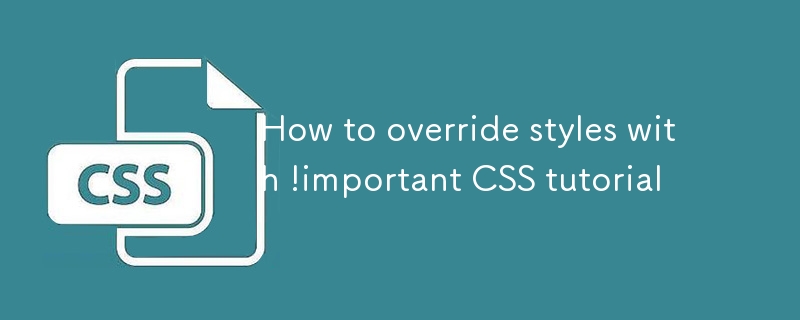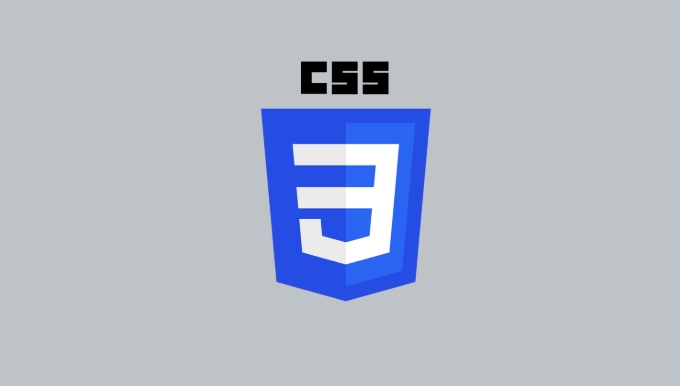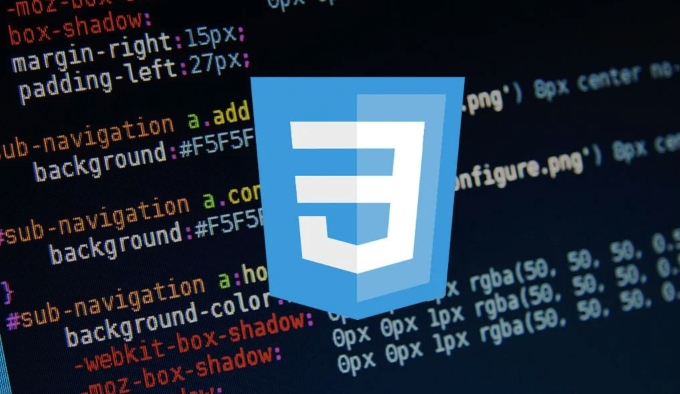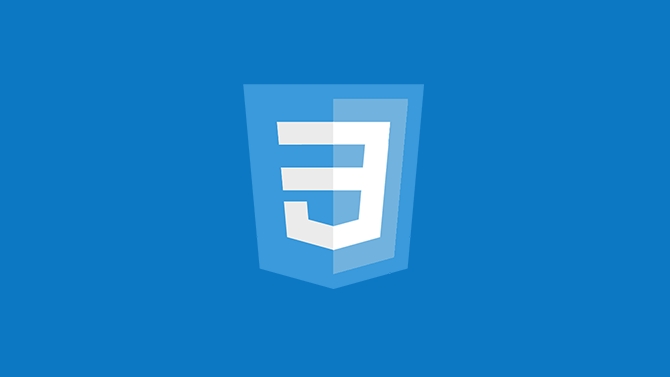 <p> Sometimes you want to change the style of a web page element, but it is always overwritten by other CSS rules. At this time, you may think of using
<p> Sometimes you want to change the style of a web page element, but it is always overwritten by other CSS rules. At this time, you may think of using !important to force coverage. While it is not a best practice, it does solve the problem in some cases.

What is !important ?
<p> In CSS, !important is a keyword that can be added after a style attribute value to increase the priority of that style. It bypasses the normal casing order and makes this style "effective as much as possible".
 <p> for example:
<p> for example: p {
color: red !important;
}<p> After writing this way, the text color of all <p> tags will turn red unless there is another rule that uses the !important and has a higher priority. 
When should I use !important ?
<p> It is generally recommended not to use it or use it less, as abuse will lead to maintenance difficulties. But it can come in handy in the following situations:- Third-party library style overlay : When you use a UI framework (such as Bootstrap or Ant Design), but want to quickly modify the style of a component.
- Browser plug-in or user script : For example, if you are writing a Greasemonkey script, you need to overwrite the original style of the page.
- Quick debugging or temporary repair : During the emergency online or debugging stage, use
!importantto adjust the style first, and then optimize the structure later.
!important and you can quickly get it done. How to use it correctly !important ?
<p> The usage method is actually very simple, just add !important to the end of the style declaration. A few points to note:- It must be immediately followed by the attribute value, before the semicolon.
- Do not add it to selector or attribute names.
- There can only be one
!importantin a rule, and multiple attributes cannot be added.
.button {
background-color: green !important;
color: white !important;
}<p> Wrong writing method?: .button!important { /* Wrong! */
background-color: green;
}
.button {
!important background-color: green; /* Syntax error*/
}What are the alternatives?
<p> Although!important is convenient, a better approach is to override the style by increasing the selector priority, for example:
- Use more specific selectors, such as
.container .buttoninstead of.button - Add class name combination, such as
class="btn primary-btn" - Use the
idselector because it has higher priority than the class
<p> Basically that's it.
!important is not complicated, but is easily misused. It is recommended to use it only when necessary. Usually, it is still possible to manage style priorities by relying on good CSS structure and naming habits.The above is the detailed content of How to override styles with !important CSS tutorial. For more information, please follow other related articles on the PHP Chinese website!

Hot AI Tools

Undress AI Tool
Undress images for free

Undresser.AI Undress
AI-powered app for creating realistic nude photos

AI Clothes Remover
Online AI tool for removing clothes from photos.

Clothoff.io
AI clothes remover

Video Face Swap
Swap faces in any video effortlessly with our completely free AI face swap tool!

Hot Article

Hot Tools

Notepad++7.3.1
Easy-to-use and free code editor

SublimeText3 Chinese version
Chinese version, very easy to use

Zend Studio 13.0.1
Powerful PHP integrated development environment

Dreamweaver CS6
Visual web development tools

SublimeText3 Mac version
God-level code editing software (SublimeText3)

Hot Topics
 How can I include CSS only on some pages?
Jun 11, 2025 am 12:01 AM
How can I include CSS only on some pages?
Jun 11, 2025 am 12:01 AM
There are three ways to selectively include CSS on a specific page: 1. Inline CSS, suitable for pages that are not frequently accessed or require unique styles; 2. Load external CSS files using JavaScript conditions, suitable for situations where flexibility is required; 3. Containment on the server side, suitable for scenarios using server-side languages. This approach can optimize website performance and maintainability, but requires balance of modularity and performance.
 Flexbox vs Grid: Understanding the Key Differences in CSS Layout
Jun 10, 2025 am 12:03 AM
Flexbox vs Grid: Understanding the Key Differences in CSS Layout
Jun 10, 2025 am 12:03 AM
Flexboxisidealforone-dimensionallayouts,whileGridsuitstwo-dimensional,complexlayouts.UseFlexboxforaligningitemsinasingleaxisandGridforprecisecontroloverrowsandcolumnsinintricatedesigns.
 Creating an Auto-Closing Notification With an HTML Popover
Jun 10, 2025 am 09:45 AM
Creating an Auto-Closing Notification With an HTML Popover
Jun 10, 2025 am 09:45 AM
The HTML popover attribute transforms elements into top-layer elements that can be opened and closed with a button or JavaScript. Popovers can be dismissed a number of ways, but there is no option to auto-close them. Preethi has a technique you can u
 What is 'render-blocking CSS'?
Jun 24, 2025 am 12:42 AM
What is 'render-blocking CSS'?
Jun 24, 2025 am 12:42 AM
CSS blocks page rendering because browsers view inline and external CSS as key resources by default, especially with imported stylesheets, header large amounts of inline CSS, and unoptimized media query styles. 1. Extract critical CSS and embed it into HTML; 2. Delay loading non-critical CSS through JavaScript; 3. Use media attributes to optimize loading such as print styles; 4. Compress and merge CSS to reduce requests. It is recommended to use tools to extract key CSS, combine rel="preload" asynchronous loading, and use media delayed loading reasonably to avoid excessive splitting and complex script control.
 How to use Lotties in Figma
Jun 14, 2025 am 10:17 AM
How to use Lotties in Figma
Jun 14, 2025 am 10:17 AM
In the following tutorial, I will show you how to create Lottie animations in Figma. We'll use two colorful designs to exmplify how you can animate in Figma, and then I'll show you how to go from Figma to Lottie animations. All you need is a free Fig
 Breaking Boundaries: Building a Tangram Puzzle With (S)CSS
Jun 13, 2025 am 11:33 AM
Breaking Boundaries: Building a Tangram Puzzle With (S)CSS
Jun 13, 2025 am 11:33 AM
We put it to the test and it turns out Sass can replace JavaScript, at least when it comes to low-level logic and puzzle behavior. With nothing but maps, mixins, functions, and a whole lot of math, we managed to bring our Tangram puzzle to life, no J
 External vs. Internal CSS: What's the Best Approach?
Jun 20, 2025 am 12:45 AM
External vs. Internal CSS: What's the Best Approach?
Jun 20, 2025 am 12:45 AM
ThebestapproachforCSSdependsontheproject'sspecificneeds.Forlargerprojects,externalCSSisbetterduetomaintainabilityandreusability;forsmallerprojectsorsingle-pageapplications,internalCSSmightbemoresuitable.It'scrucialtobalanceprojectsize,performanceneed
 Does my CSS must be on lower case?
Jun 19, 2025 am 12:29 AM
Does my CSS must be on lower case?
Jun 19, 2025 am 12:29 AM
No,CSSdoesnothavetobeinlowercase.However,usinglowercaseisrecommendedfor:1)Consistencyandreadability,2)Avoidingerrorsinrelatedtechnologies,3)Potentialperformancebenefits,and4)Improvedcollaborationwithinteams.






